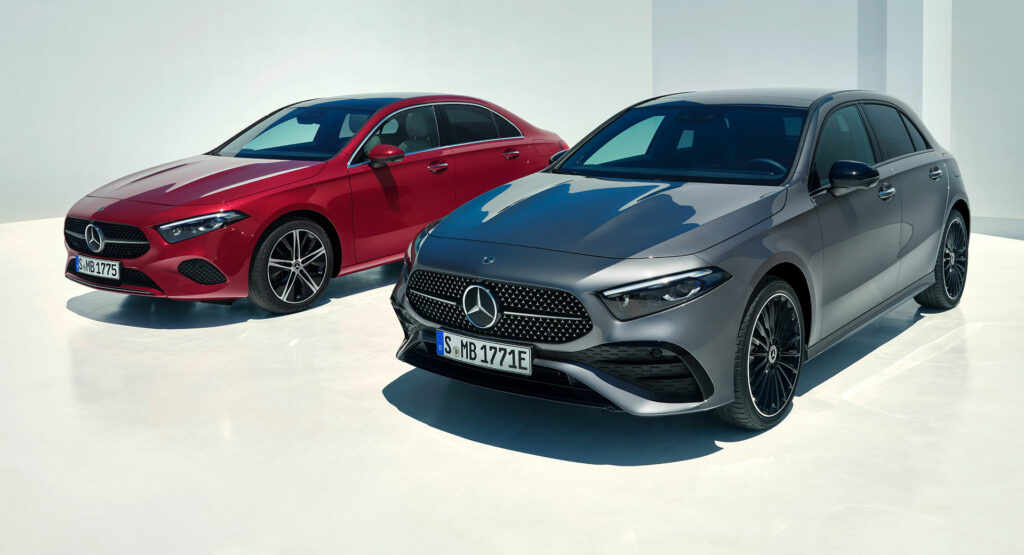You Can Buy A New Dacia EV For Just $4,600 In Italy, But It’s Not For Everyone
- New Italian incentive cuts EV prices by up to €11,000 for eligible buyers.
- The scrappage bonus is limited to low-income families living in urban areas.
- Dacia Spring now costs €3,900, while Leapmotor T03 can be had for €4,900.
At a time when prices of new cars keep climbing out of reach for many households, Italy has launched a surprisingly generous scrappage scheme that makes some EVs almost absurdly affordable. Under the program, low-income buyers who trade in a car registered before 2015 could drive home in a brand-new Dacia Spring for as little as €3,900 (about $4,600 at current exchange rates).
The €597 million ($700 million) initiative is designed to increase electric car sales to at least 39,000 units by June 2026. Right now, fully electric vehicles represent only 5.2% of Italy’s market, far behind the European Union average of 15.8%.
More: The Cheapest Peugeot 308 Has Something You’ll Miss In Pricier Trims
To qualify for the full €11,000 ($12,900) discount, prospective EV buyers must scrap a Euro 5 (or earlier) vehicle, live in an urban area with more than 50,000 residents, and have a family income below €30,000 ($35,200). Households earning up to €40,000 ($46,900) can still access a reduced €9,000 ($10,600) bonus. Small companies also benefit, with subsidies covering 30% of an EV’s cost capped at €20,000 ($23,500) per new vehicle.
Pocket-Sized Prices
Dacia has trimmed the Italian starting price of the Spring EV from €17,900 ($21,000) to €14,900 ($17,500). With the full scrappage bonus applied, the figure falls to the headline-grabbing €3,900 ($4,600). That entry point is for the Essential Electric 45 trim, equipped with a 44 hp (33 kW / 45 PS) motor and a 26.8 kWh battery, good for a range of 225 km (140 miles).
Stellantis has also dropped the cost of the Leapmotor T03 from €18,900 ($22,200) to €15,900 ($18,700), meaning it can be purchased for €4,900 ($5,800) under the same scheme. As reported by Autonews, the Chinese brand claims that the heavily discounted price is “less than what you paid for your bicycle.”
More: Kia’s K4 Just Struck A Killer Blow To The VW Golf
Electric vehicles from other automakers are also eligible under the same scheme. Fiat offers the 500e from €9,950 ($11,700) and the electric version of the Grande Panda from €11,950 ($14,000). The closely-related Citroen e-C3 starts at €12,900 ($15,100), while the spacious e-C3 Aircross SUV is now offered from a discounted €15,790 ($18,500).
These prices are undeniably attractive, but the strict eligibility requirements mean the incentives only reach a narrow slice of the population. For now, the question is whether the subsidy will genuinely reshape Italy’s car market or simply deliver a short-term boost among those who qualify.


















